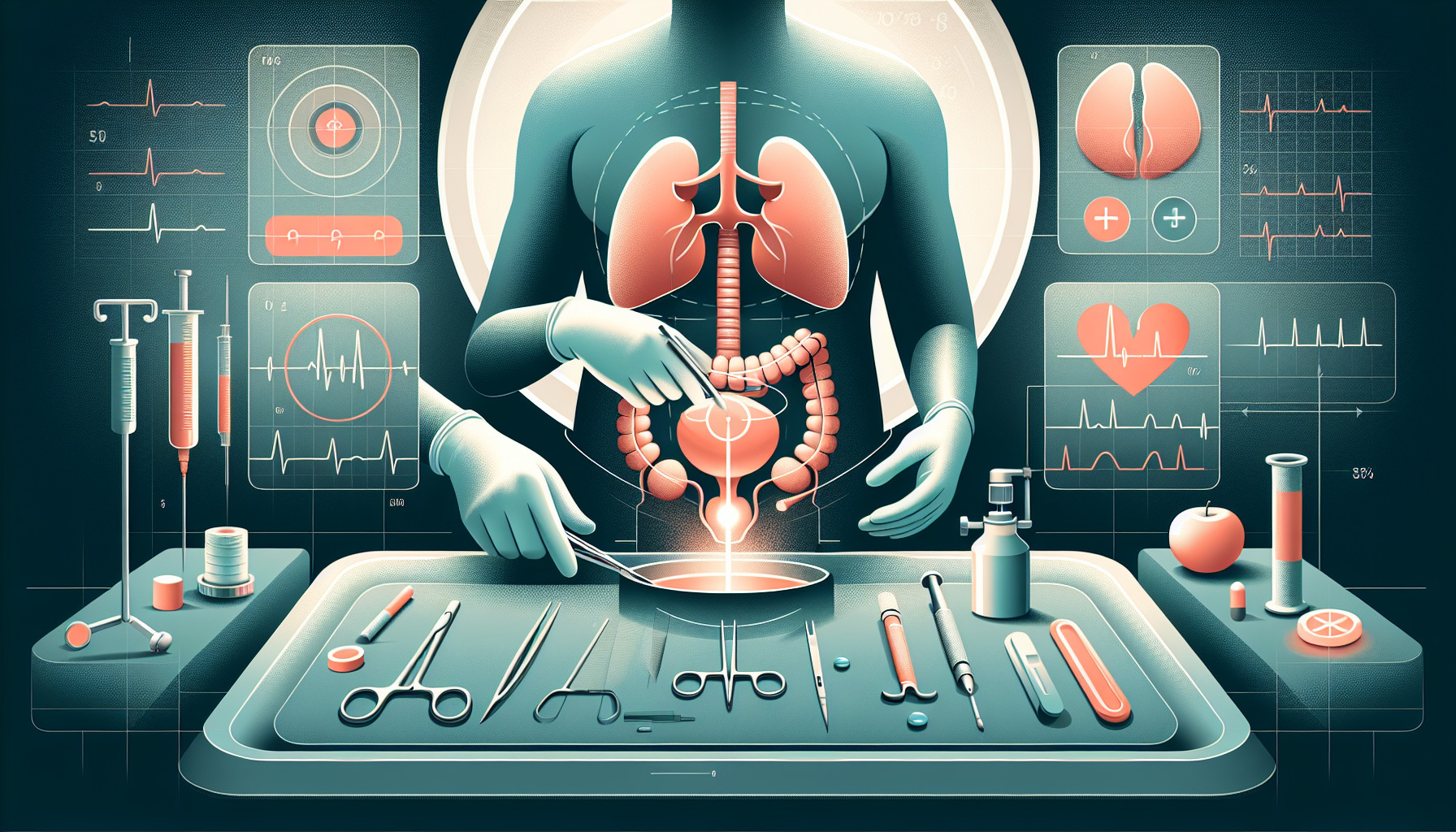Our Summary
This research paper examines how prostate cancer treatments often negatively impact sexual function in men and how penile rehabilitation strategies can help. These strategies include medication, vacuum erection devices, injections, and new techniques. However, there’s no agreed upon plan or timetable for starting these treatments for best recovery after surgery. The paper reviews different rehabilitation methods and their long-term results, as well as the cost-effectiveness of various treatments. It also emphasizes the importance of patient education, counseling, and a personalized approach to rehabilitation. The paper concludes by stressing the need for more research and collaboration among healthcare professionals to improve these strategies and outcomes for prostate cancer patients.
FAQs
- What are some of the penile rehabilitation strategies mentioned in the research paper?
- Is there a universally accepted plan or timetable for starting penile rehabilitation treatments after prostatectomy?
- What does the research paper suggest about the importance of patient education and counseling in penile rehabilitation after prostate cancer treatment?
Doctor’s Tip
A helpful tip a doctor might tell a patient about prostatectomy is to discuss potential sexual function changes and rehabilitation options before and after surgery. It is important to have open communication with your healthcare team to develop a personalized plan for recovery. Rehabilitation strategies such as medication, vacuum erection devices, injections, and other techniques can help improve sexual function post-surgery. It is also important to prioritize patient education and counseling throughout the recovery process.
Suitable For
Patients who are typically recommended prostatectomy are those with localized prostate cancer that has not spread beyond the prostate gland and who are in good overall health. Prostatectomy may also be recommended for patients with advanced prostate cancer that has not responded to other treatments or for those who have a high risk of cancer recurrence. Additionally, patients who are experiencing symptoms such as urinary problems, pain, or difficulty with sexual function may also be candidates for prostatectomy. It is important for patients to discuss their individual case with their healthcare provider to determine the best treatment option for their specific situation.
Timeline
Before prostatectomy:
- Diagnosis of prostate cancer through PSA test, biopsy, and imaging studies.
- Consultation with urologist to discuss treatment options, including surgery.
- Pre-operative tests and evaluations to assess overall health and determine candidacy for surgery.
- Education on the potential side effects of prostatectomy, including erectile dysfunction and urinary incontinence.
- Decision-making process with input from healthcare team and loved ones.
After prostatectomy:
- Hospitalization for surgery and recovery period.
- Monitoring for complications such as infection or bleeding.
- Rehabilitation and physical therapy to regain urinary control and strength in pelvic muscles.
- Follow-up appointments with urologist to assess surgical outcomes and discuss next steps.
- Initiation of penile rehabilitation strategies to address erectile dysfunction, such as medication or vacuum devices.
- Continued monitoring and adjustment of treatment plan based on individual response and progress.
- Long-term follow-up care to monitor for recurrence of cancer and ongoing management of side effects.
Overall, the timeline for a patient before and after prostatectomy involves a comprehensive process of diagnosis, treatment decision-making, surgery, recovery, rehabilitation, and long-term follow-up care to optimize outcomes and quality of life.
What to Ask Your Doctor
- What are the potential side effects and risks of prostatectomy surgery?
- How will my sexual function be affected by the surgery?
- What penile rehabilitation strategies are available to me post-surgery?
- When should I start penile rehabilitation and what is the recommended timetable for optimal recovery?
- What are the long-term results of the different penile rehabilitation methods?
- What is the cost-effectiveness of the various penile rehabilitation treatments?
- How important is patient education and counseling in the rehabilitation process?
- How can I personalize my rehabilitation plan to best suit my needs and goals?
- Are there any new techniques or advancements in penile rehabilitation that I should be aware of?
- How can I collaborate with my healthcare team to improve my outcomes and overall recovery after prostatectomy surgery?
Reference
Authors: Bock M, Burns RT, Pereira TA, Bernie HL. Journal: Int J Impot Res. 2024 Aug;36(5):480-485. doi: 10.1038/s41443-023-00782-6. Epub 2023 Oct 18. PMID: 37853240
